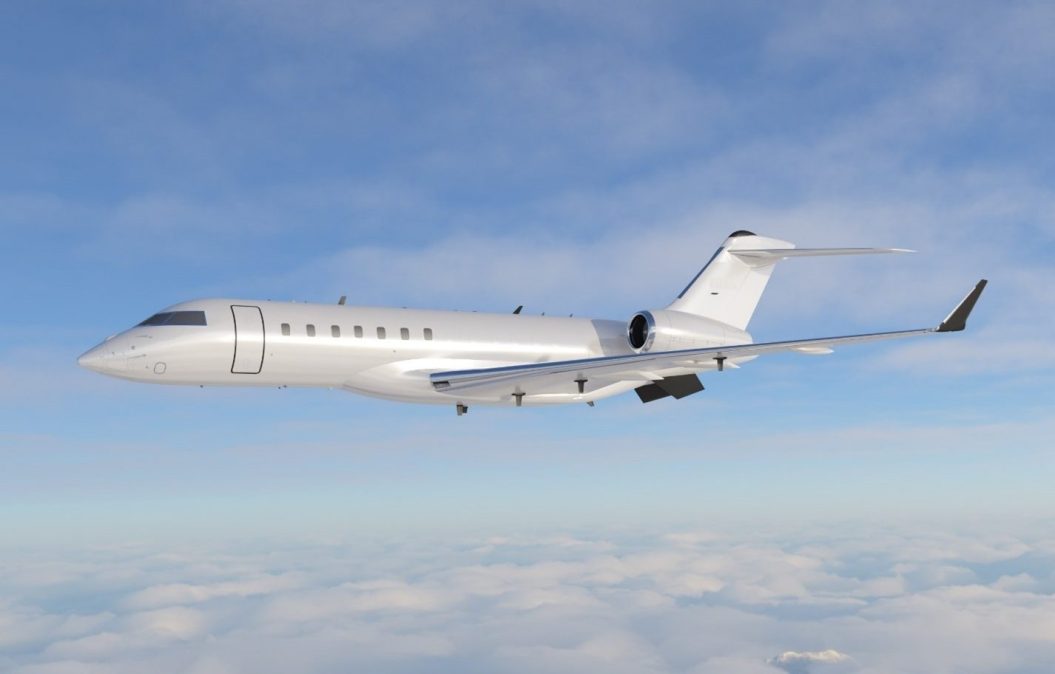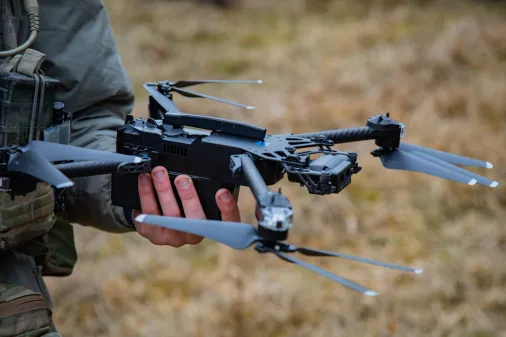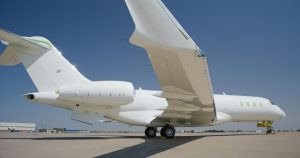Army awards contract to Bombardier Defense for service’s first jet aimed at deep sensing

The Army has awarded Bombardier Defense a deal for a jet aircraft as part of a prototyping effort for long-range intelligence, surveillance, reconnaissance and “deep sensing.”
The Global 6500 platform will support prototyping efforts for the High Accuracy Detection and Exploitation System (HADES), a high altitude, next-generation ISR capability that will include a variety of sensors for communications intelligence, electronic intelligence, synthetic aperture radar and moving target indicator data — with the possibility of subsequent increment upgrades hosting electronic warfare, radio frequency-enabled cyber and launched-effects payloads.
Wednesday’s announcement did not disclose a dollar value for the contract, which calls for one aircraft to be delivered. DefenseScoop has reached out to the Army to try to get more information.
HADES is part of the Army’s Multi-Domain Sensing System (MDSS) initiative that envisions a variety of capabilities for long-range sensing, which is a top modernization priority for the service. As the Army plans to fight against more sophisticated adversaries over greater distances, it must be able to see and sense farther in the physical and non-kinetic realms.
HADES will be the first Army jet and replace the RC-12 Guardrail. Top service officials have said a fixed-wing jet for ISR, separate from what the Air Force has, is necessary for the Army because it has specific requirements must be met.
“Not to get into what the Air Force is investing in or not investing in. [But] it is recognizing that there is an area where the Army is going to need to rely on dedicated aerial ISR assets to make sure that it meets ground-based requirements,” Gabe Camarillo, undersecretary of the Army, told reporters at the annual AUSA conference in October. “We see it as a joint asset as well. It is part of a larger communications ecosystem that will benefit all of the services.”
HADES will be able to fly faster and higher than current platforms in its arsenal, allowing it to see farther.
“HADES will bring the Army increased range, speed, endurance and aerial ISR depth,” Col. Joe Minor, project manager for Army fixed-wing aircraft, said in a statement. “HADES will operate at higher altitudes than legacy turboprop platforms. Higher altitudes equate to an ability to sense farther and more persistently into areas of interest. Deep sensing is the Army’s number-one operational imperative for the Army of 2030.”
The Army has developed a variety of prototype efforts to inform HADES under what the service calls technology demonstrators, dating back to 2020. Those systems provided data about platform performance, sensor integration, sensor performance and data distribution — allowing the Army to better understand the doctrine, training, personnel, facilities and sustainment efforts required for those systems. They include the Airborne Reconnaissance Targeting Exploitation Mission Intelligence System (ARTEMIS), the Airborne Reconnaissance and Electronic Warfare System (ARES) and the Army Theater-Level High-Altitude Expeditionary Next Airborne Intelligence, Surveillance and Reconnaissance (ATHENA) platform.
The delivery date for the Global 6500 is Oct. 1, 2024, with options to purchase two additional aircraft over a three-year period.






